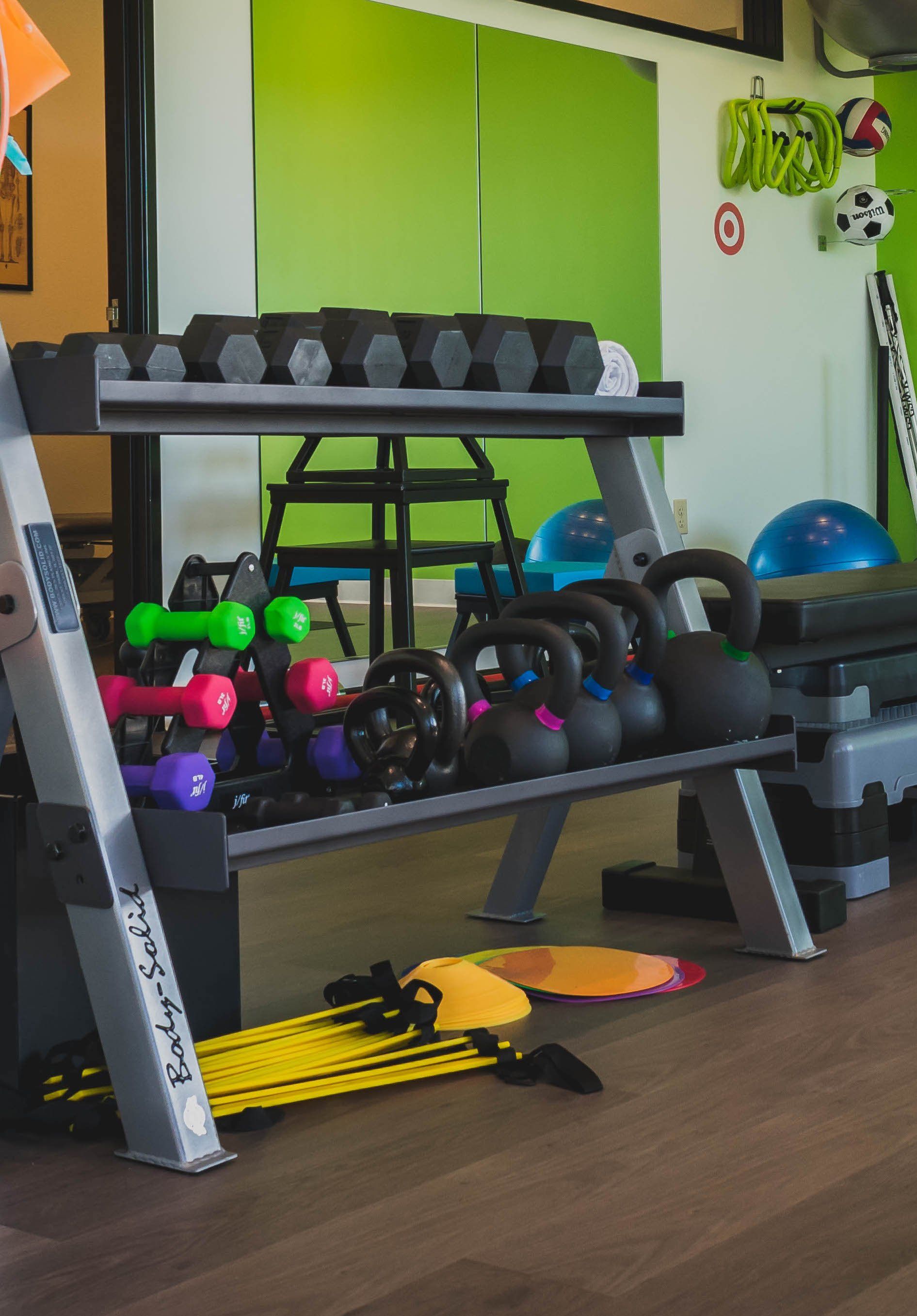Balance
Balance Treatment:
How To Restore and Challenge Your Balance
Balance is a complex process involving the reception and integration of sensory input and the planning and execution of movement. It’s the ability to control the center of gravity over the base of support in any given sensory environment. Reflexes are automatic responses by the peripheral or central nervous system to help support postural orientation and maintain balance; they occur rapidly enough to not be under volitional control. Balance is a result of the interaction of three separate systems in the body:
- The Visual System, which helps us see things in the environment and orient us to the hazards and opportunities presented.
- The Vestibular System (the inner ear), which provides the brain with information about the position and motion of the head in relation to gravity.
- The Proprioceptors/ Somatosensory Receptors which are located in joints, ligaments, muscles, and the skin to provide information about joint angle, muscle length, and muscle tension all of which is gives information about the position of the limb in space.
The brain needs input from all three systems to distinguish motion of the self from motion of the environment. Any mismatch in these inputs can produce nausea, vomiting and dizziness. Some common examples that we all experience are:
- The sense of perceived motion when sitting in a car at a stop light and the car next to you creeps forward, causing you to slam on your brakes.
- When on a boat, proprioceptors perceive a rocking boat under your feet, but your eyes see a steady horizon.
- More long-term complications with balance can make an affected person feel persistently unsteady or dizzy.
In fact, as many as four out of ten Americans will at some point experience an episode of dizziness significant enough to send them to a doctor. These issues can be caused by improper function of the systems mentioned above, health conditions, or as a side effect from some medications. In severe forms, a balance disorder can intensely impact day-to-day activities resulting in an inability to function and cause psychological distress.

Ways to Test and Challenge Your Balance
The following are standardized tests for examining balance and can be helpful in determining chances of falling-related injuries.
Single Limb Stance Test
The following list is normative data – what healthy patients should be able to do. With eyes closed, the patient is asked to stand on one leg as long as possible without touching the other foot to the ground.
- Age 20-49 yrs = 24-29 seconds
- Age 50-59 yrs = 21 seconds
- Age 60-69 yrs = 10 seconds
- Age 70-79 yrs = 4 seconds
Quick Test
With arms at sides, raise one leg off the floor. Hips should be flexed to 45 degrees and knee to 90 degrees. Practice balance with eyes open for 5-10 seconds. Try to fix gaze straight ahead and close eyes. Try to maintain balance for 30 seconds. Failure occurs if:
- Raised foot touches the support leg or touches the floor
- Hopping occurs
- Arms touch something for support
When To Seek Help For Balance Treatment?
If the tests above indicate an abnormal ability to balance, a health professional should be consulted. Alternatively, you can ask yourself or the patient the following questions. If the answer is “yes” to any of the questions, help should be pursued.
- Do I ever lose my balance and fall?
- Do I feel lightheaded or as if I might faint?
- Do I feel unsteady?
- Does the room feel as if it is spinning around me?
- Do I feel as if I am moving when I know I am stationary?
- Is my vision blurred?
- Do I ever lose my sense of location?
How Can Physical Therapy Help With My Balance?
The first step in treatment is to determine the cause of a balance problem. Once the type of balance disorder is determined by either a physician or a physical therapist, vestibular physical therapy can be a useful treatment tool to reeducate the body and develop strategies to restore normal function.
Through practice and repetition, the brain will recognize when input is abnormal and respond appropriately. With the help of a physical therapist, a home exercise program can be established, and repeated a few times a day to reprogram the brain. A physical therapist can also help identify extrinsic risk factors for falls that can be related to balance disorders, and help to develop strategies to create a safer environment. These strategies may include how to examine your environment for loose cords or rugs, which can cause threats, and ensuring your home has adequate lighting and space. The PT may also address techniques for focusing while in crowded spaces as this situation increases likelihood of falls.
At Therapydia, physical therapists can develop an individualized vestibular therapy program to enhance balance, whether to prevent a debilitating fall or improve performance in sport. For more information or to schedule a consultation, give us a call.